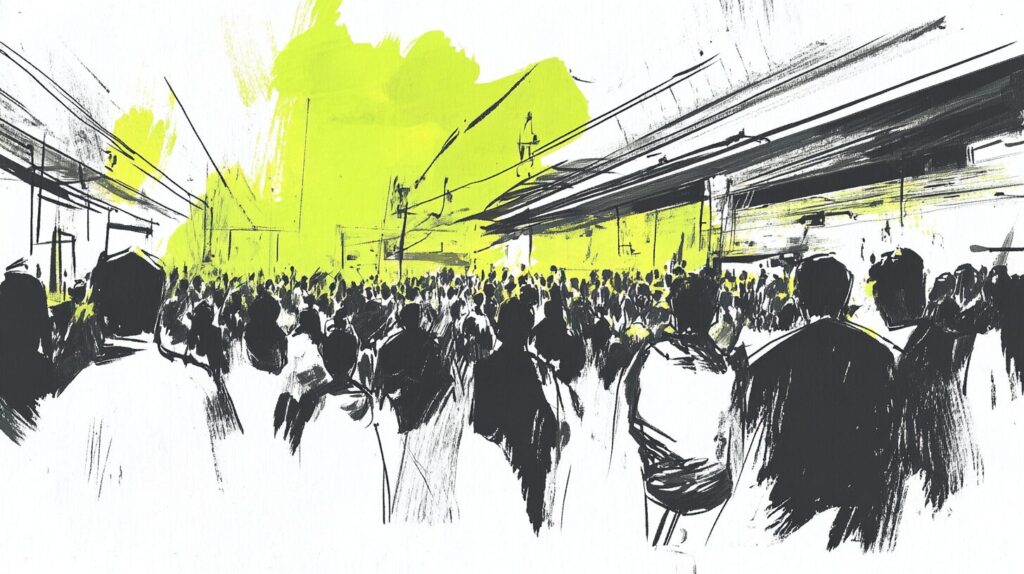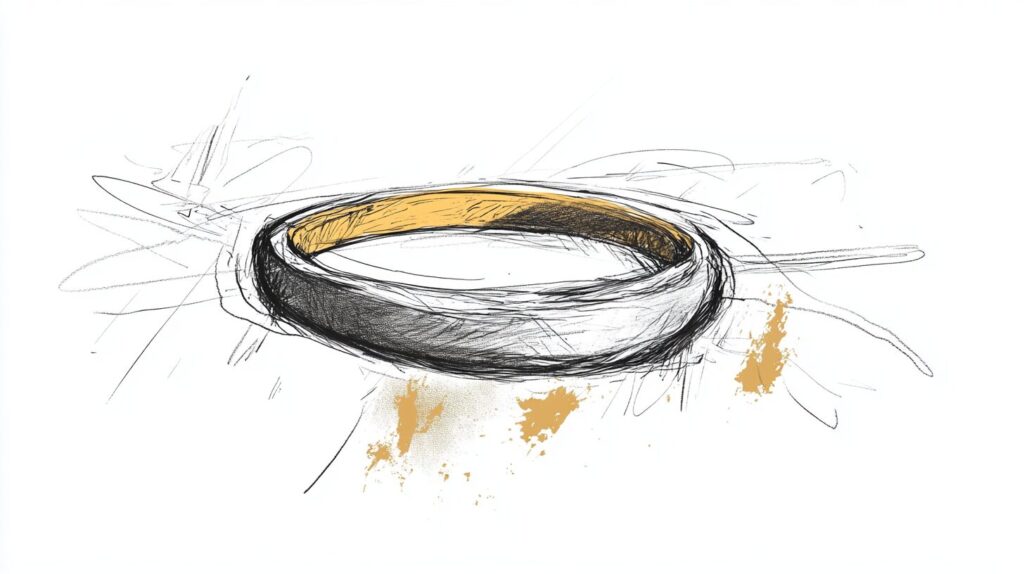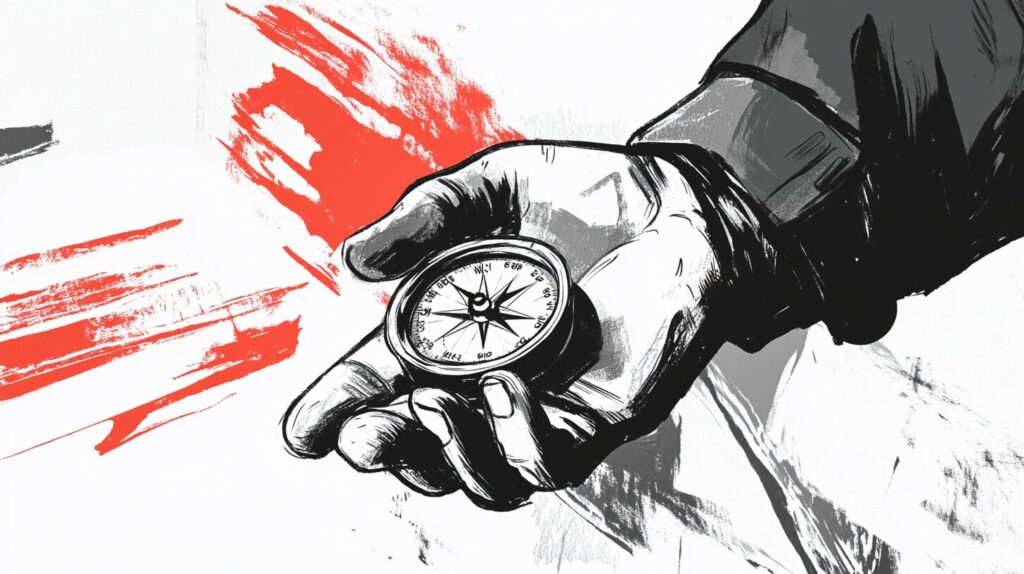Yesterday was Opening Day.
For Major League Baseball fans like my family—especially those of us who bleed red for the Phillies—it’s more than just a date on the calendar. It’s a ritual. A reset. A reminder that, no matter what happened last season, anything can happen this time around.
Which is why today is a perfect day to talk about something every creator, entrepreneur, and builder needs more of:
Resilience.
And you don’t build this muscle by thinking about it.
You build it by doing the work–the practice. Again. And again. And again.
Which means if you’re serious about building work that matters—resilience isn’t optional. It’s everything.
Rejection Isn’t a Tragedy, Or A Requirement
A client recently shared a story about growing up as the kid who never got picked. No lead roles in the school play. No starting spot on the roster. No spotlight. Just a quiet sense that they had something to give—but a steady stream of closed doors and “No’s”.
Fast forward–eventually, they built their way into a successful and sustainable publishing career.
That story isn’t uncommon. Talk to anyone who’s made meaningful work, and they’ll tell you about the doors that didn’t open. The times they weren’t picked.
But here’s the thing:
It’s not the rejection that made them successful. It’s what they did with it.
Unfortunately, we’re biased because we only hear about the “winners” when it comes to inspirational stories about overcoming challenges and adversity. This is the classic “Hero’s Journey” we’re surrounded with in our culture.
But the reality–not every person who’s suffered childhood trauma, or relentless rejection, finds their way through to a better place. Rejection alone doesn’t build resilience.
Support does.
Practice does.
Time and space to keep going—that’s the real secret.
You Don’t “Grind” Your Way to Resilience
There’s a whole genre of “Hustle Culture” content out there that tells you to “embrace the grindset,” “power through,” and “get tougher.”
That’s not resilience.
That’s denial, wrapped in motivational wallpaper. That’s the myth of the starving artist.
Real resilience isn’t about suffering for the badge of it.
It’s about being supported enough to keep going, and keep learning. To try again, not because the pain is a requirement, but because you believe in where you’re going—and someone or something gives you enough runway and scaffolding to keep going.
Because the truth is:
People don’t learn things because they’re told things. They learn things because they do things.
And doing things—especially creative, uncertain, high-leverage things—requires safety.
You need a system. A rhythm. A margin for error. You need people who’ve been where you are. You need room to fail that doesn’t mean you’re finished.
You don’t build resilience by enduring at all costs.
You build it by being resourced enough to stay in the game long enough to figure it out.
The Difference Between Knowing and Learning
You can learn a lot about entrepreneurship, or content strategy, or product design by reading books, and blogs, and watching YouTube videos.
But that’s not the same as learning how to do it.
Because learning isn’t passive. It’s not downloaded from an expert. It’s not “delivered.” It’s practiced. It’s collaborative. It’s iterative.
It’s opting in—again and again—to a game that doesn’t come with guarantees.
Which means if you’re mentoring someone, building a community, or leading a team—the most strategic thing you can do isn’t give them more information to work with.
It’s give them a place to practice. A place to try. A place to come back to.
That’s how people grow.
Built To Last
Today might be Opening Day for baseball. But it could also be opening day for something else.
A new project. A new role. A new way of working that allows more room for learning, more room for reflection, and more room for that powerful combo of safety and ambition.
The work you’re doing matters.
But only if you can keep doing it.
So here’s a question:
What are you building that gives people the strength—and the support—to keep showing up?
That’s a powerful place to start.
If you enjoyed this post, please consider sharing it with someone else–the buttons below can help.
Thank you!




